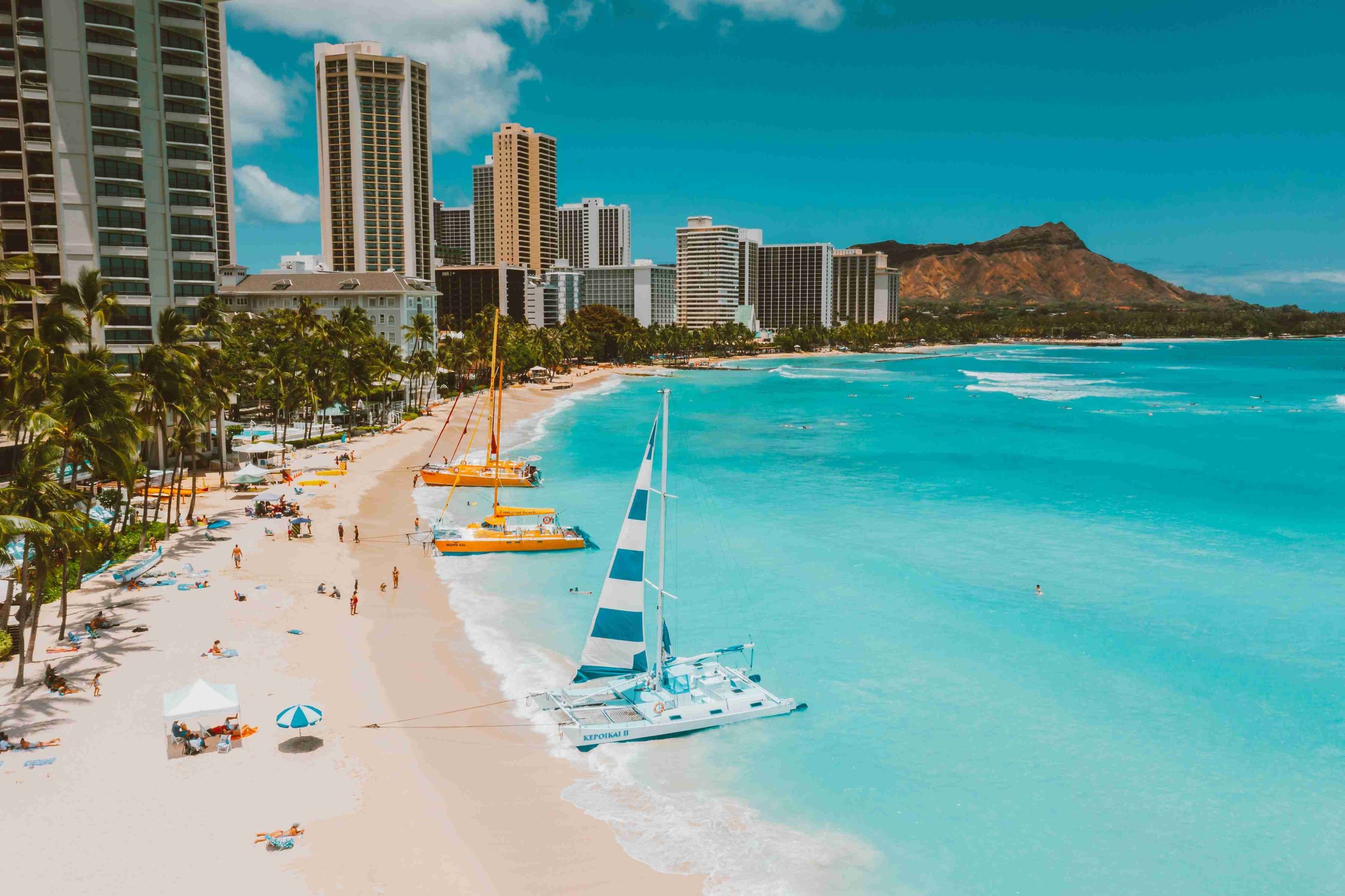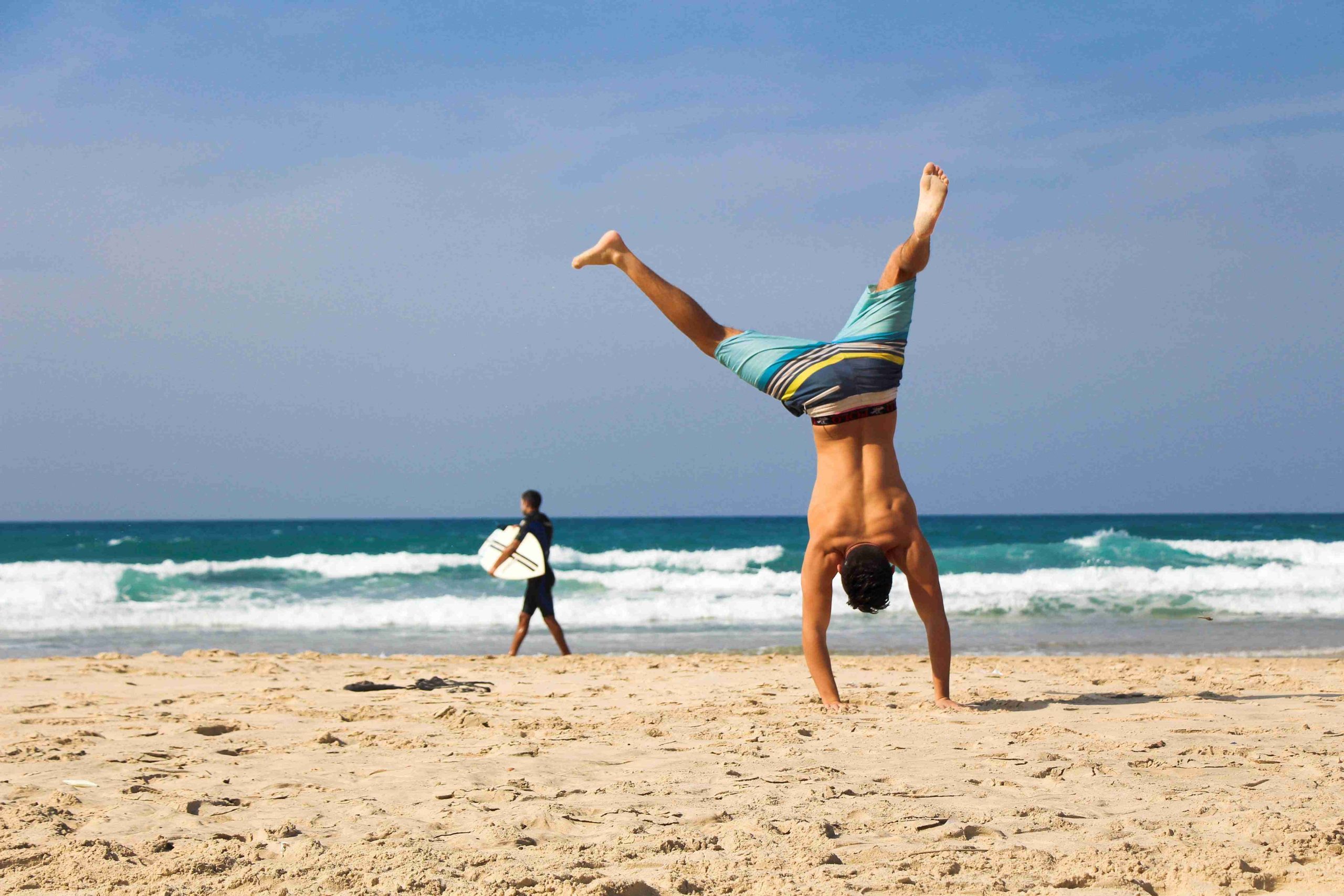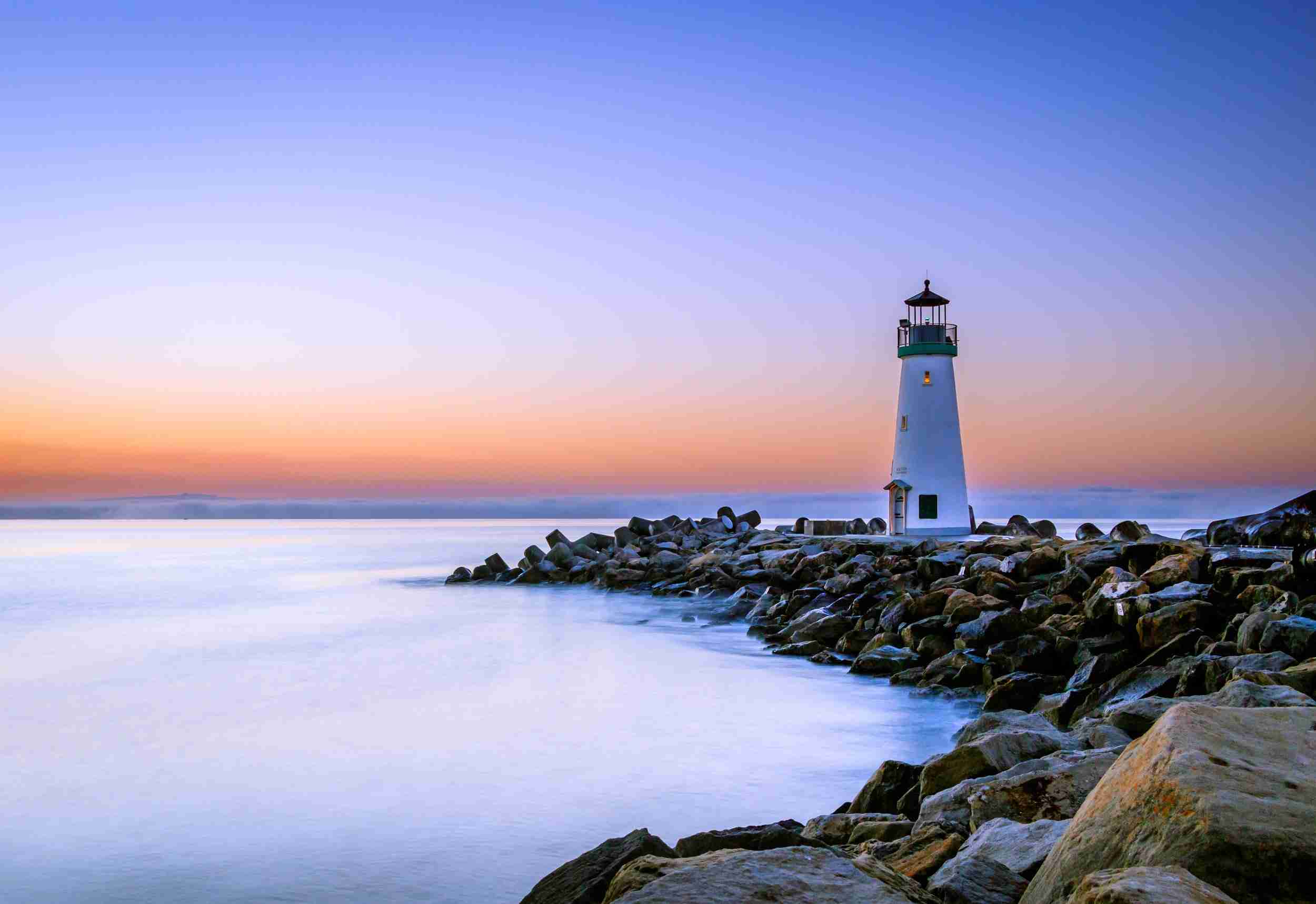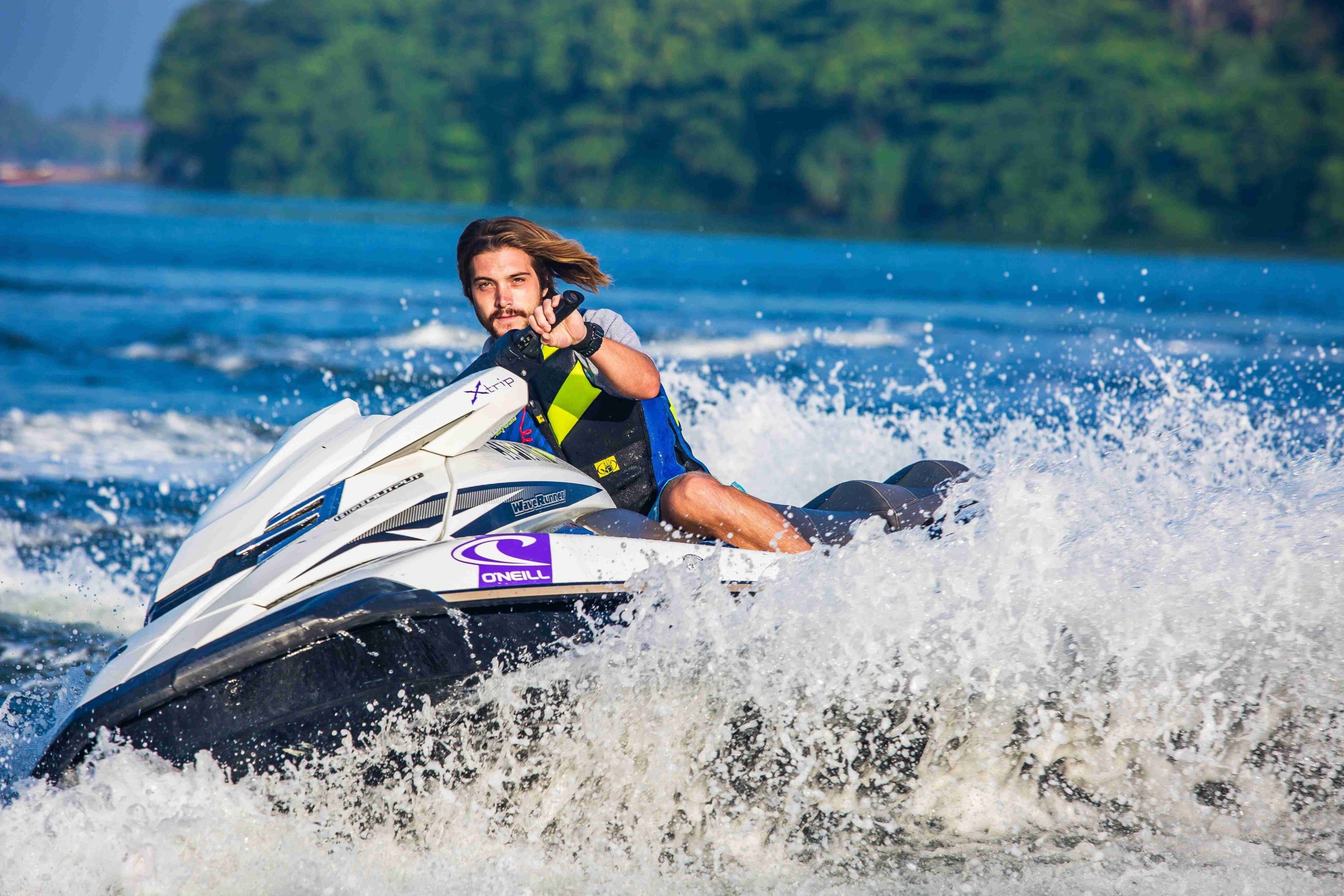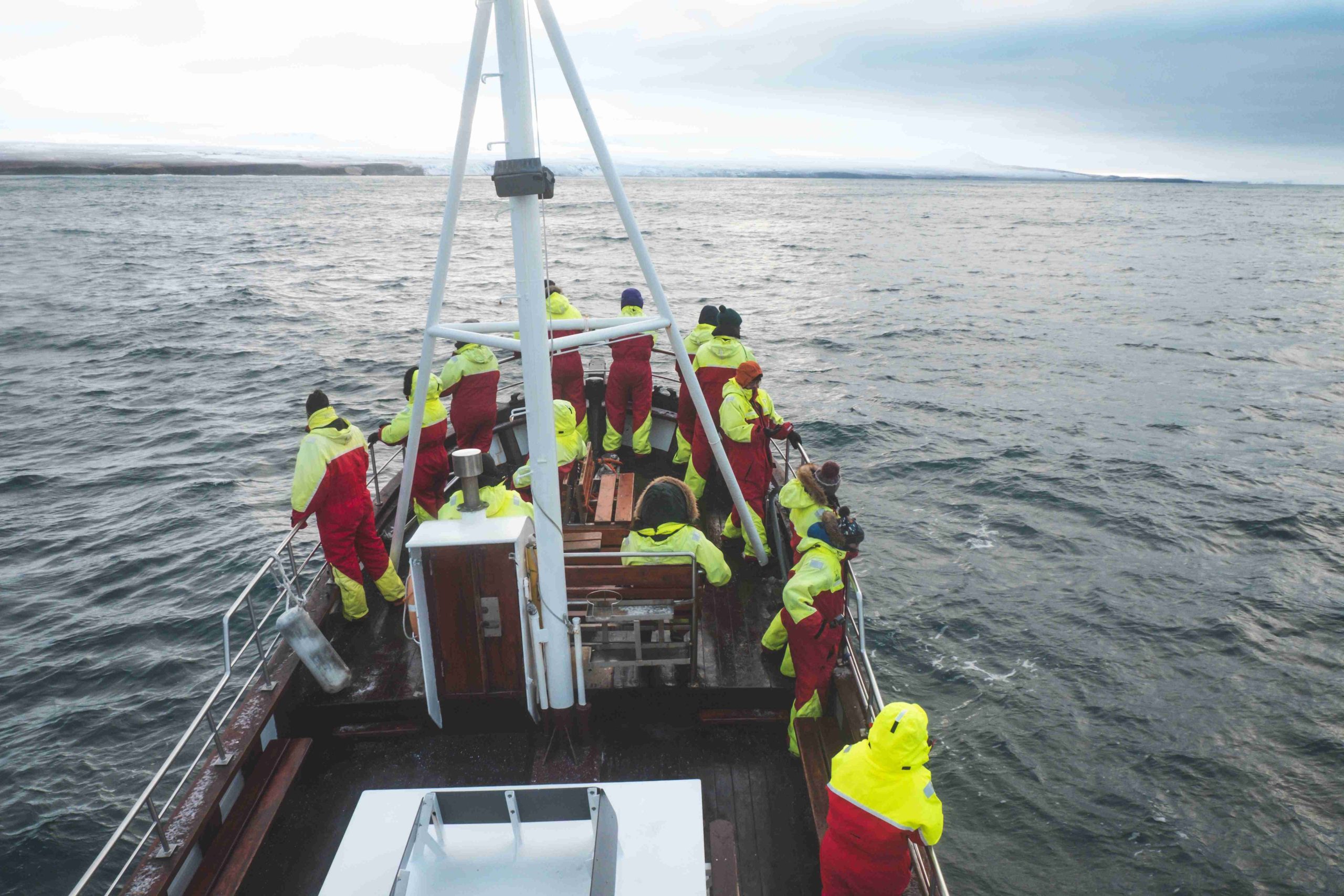
Going whale watching is an exciting experience, but what should you wear? Whether you’re heading out on a boat in the middle of the ocean or just going to watch from land, it’s important to dress appropriately. We have put together a guide to help you pick the perfect outfit for your next whale-watching adventure!
Introduction
Whale watching is an exciting and awe-inspiring experience. To ensure your safety and maximize your enjoyment of the journey, it’s important to consider what to wear. While the activity can be enjoyed year-round, the temperature and weather vary drastically. Layering your clothing will help you adjust quickly as conditions change. Start with a base layer of warm clothing – like a long-sleeved shirt and long pants – then add layers based on the weather. A warm hat, gloves, and waterproof outerwear are also recommended for all seasons. Also, wear sturdy shoes or boots and a life jacket for any age group who will be on board. To protect from ocean spray, a waterproof rain jacket and sweatshirt are essential for any whale-watching fashion ensemble.
Warm Layers for Under the Exposure Suit
When it comes to whale watching, it is important to be prepared with the right clothing. Under the exposure suit, warm layers are highly recommended. We suggest long pants or sweats and a sweatshirt keep you warm and dry when out on the water. Additionally, a lightweight waterproof Gore-Tex shell can fit over fleece layers in colder weather and shield you from ocean spray. Thermal underwear is a good idea to pack, regardless of the season, as it will provide extra warmth when needed. Combined with these items, you will be well-equipped for your whale-watching adventure.
Long Pants and Rain Pants are Recommended All Year
When it comes to whale watching, wearing long pants and rain pants is recommended all year round to ensure you stay warm and dry. This is especially true if you are out on a boat, as the ocean spray can be cold and wet. Wearing long pants and rain pants will also give you an extra protection from the sun’s rays, which can be quite intense in certain areas. Additionally, having a pair of long pants with you will come in handy if the weather changes and you need an extra layer to keep warm. Investing in a good pair of long pants or rain pants will go a long way in helping you enjoy your whale-watching experience.
Warm Hats and Gloves are Also Recommended All Year
Warm hats and gloves are essential for anyone who plans to go whale watching. Not only do they provide extra warmth when the temperatures dip, but they also help protect you from ocean spray. I highly recommend always bringing a hat and gloves in all seasons. You can get away with lighter fabrics in the summer months (May – September), while winter months (October – April) require heavier materials like wool or synthetic fleece. Gloves, toques, scarves, and buffs are all wonderful things to wear whale watching. You won’t regret the extra warmth that they provide!
Life Jackets for All Ages
Life jackets are an essential part of any whale-watching experience. While passengers are not required to wear them, they are strongly advised to do so. All ages are encouraged to wear life jackets throughout the tour, as it helps ensure their safety in an emergency. Passengers can find a variety of life jackets available at the Dolphin Deck, where they can find fashionable Capt. Dave’s merchandise to commemorate their tour. With the right layers, hats, gloves, and proper footwear, passengers can stay safe and warm on their whale-watching adventure.
Long-Sleeved Shirts and Long Pants Recommended
When out on the water, staying protected from the elements is important. That’s why it’s important to wear long-sleeved shirts and long pants when whale watching. These clothing items can help keep you warm and dry in all kinds of weather and provide sun protection. Layering is also recommended, so you can add or remove layers as needed. Wearing pants and a long-sleeved shirt under your exposed suit will provide extra insulation, which is especially important in colder temperatures. Proper footwear is also essential for a safe and comfortable experience, so make sure to choose comfortable and waterproof shoes. Accessories such as hats, gloves, and sunglasses can also come in handy when on the water. Finally, life jackets are a must for all ages — even adults — so be sure to bring them along for the journey.
Dress in Layers
It is important to dress in layers when whale watching, as the temperatures on the water can be significantly cooler than on land. To ensure you stay warm and comfortable, start with a base layer, such as long-sleeved shirts and long pants. Then, add a sweater and a rain jacket or winter jacket to provide additional warmth. A fleece can also be added for extra insulation. Additionally, wearing a ski jacket with a hat, gloves, and even a scarf can help protect you from the elements. Lastly, make sure to bring appropriate footwear for the adventure. With these tips in mind and the right clothing choices, you’ll be prepared to enjoy your whale-watching experience in comfort!
Proper Footwear
When it comes to whale watching, proper footwear is key. We recommend wearing a flat pair of rubber-soled sneakers to ensure you don’t slip on the wet deck. Bonus points for waterproof shoes! Depending on the weather, you may also need a hat and gloves to keep warm. Remember, comfort and safety are key when it comes to your whale-watching experience, so make sure you have the right attire and footwear.
Accessories for the Ocean Spray
Accessories can differentiate between a comfortable and an uncomfortable whale-watching experience. To help protect against the ocean spray, a hat or cap with brim and sunglasses are recommended. To keep warm in the winter, it’s important to have a scarf, beanie, and gloves. While in the summer months, you have a light jacket or windbreaker that can provide some protection against any unexpected rain showers or strong winds. Remember to bring sunscreen and insect repellent to enjoy your time on the boat without any distractions.
Conclusion
Now that you know what to wear during a whale-watching tour, it’s time to ensure you’re responsible. Before leaving for your excursion, ensure you know the regulations and guidelines for whale watching. Be sure to research a respectful distance for viewing whales, and be aware of the potential impacts of your presence on the animals. Remember to layer up, bring proper footwear, and wear a life jacket for safety. With the right preparation and respect for the animals, you can have an enjoyable and memorable whale-watching experience.

